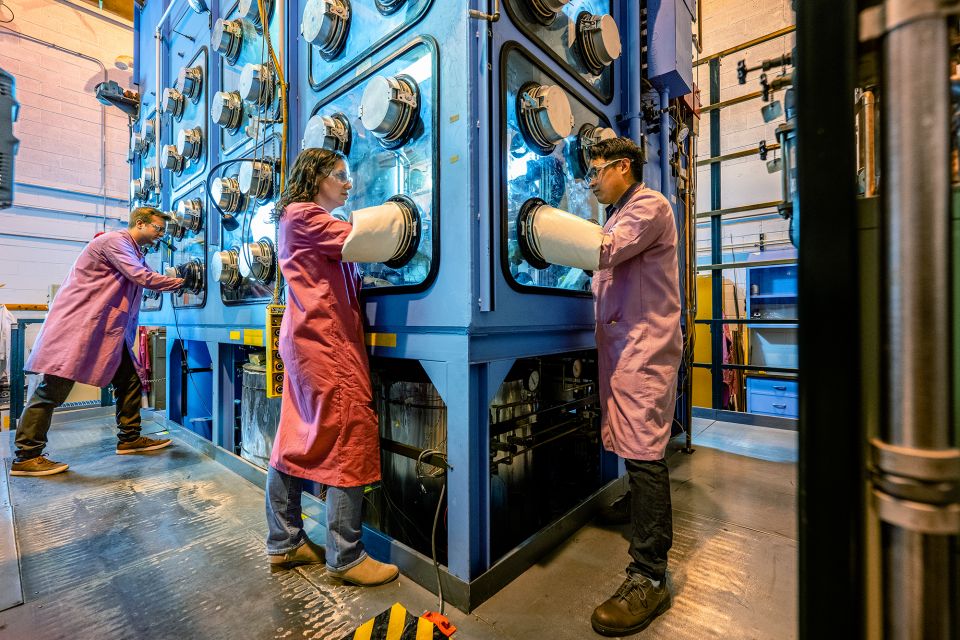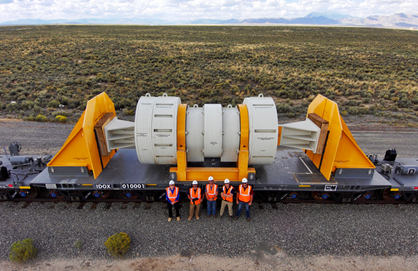The facility: ATLAS is the world’s first superconducting accelerator for ions. It was prototyped in the 1970s and has operated for decades, primarily to probe atomic nuclei. Now, its high energies are being used to deliver heavy ions to nuclear material samples without causing neutron activation.
Abdellatif Yacout, a senior nuclear engineer and manager of the Fuel Development and Qualification Department within Argonne’s Chemical and Fuel Cycle Technologies Division, led the project and developed the materials test station. As AMIS development got underway, Yacout and his team set up equipment to conduct brief experiments near the beginning of the ATLAS beamline, far ahead of the test stations where ATLAS delivers its heaviest ions, according to Argonne. Yacout’s experiments would occasionally interrupt other research using ATLAS and required lengthy preparation, sample loading, and disassembly processes—steps that AMIS has now rendered unnecessary.
AMIS was recently commissioned with support from the National Nuclear Security Administration, according to Argonne. The beamline design, construction, and commissioning were led by accelerator physicist Brahim Mustapha.
The capabilities: Physicist Jerry Nolen, an Argonne Distinguished Fellow, was one of the first scientists to propose AMIS over a decade ago, and according to Argonne he likened the heavy ion beams at AMIS to a virtual bowling ball plowing through atomic pins, saying, “You cannot damage anything quicker than this.”
The heavy ion beams accelerated by ATLAS to AMIS instantly cause a huge number of displacements per atom (DPA) when target materials are irradiated or hit with a beam, according to Argonne. Scientists like Yacout are interested in a range of DPAs by iron, xenon, uranium, and other elements present in a power reactor, and how the degradation they cause compares to neutron exposure inside a reactor.
“The AMIS facility will produce hundreds or even thousands of DPAs,” said Yacout. “Instead of getting this damage in years when you put a material in a nuclear reactor, you will get the same damage in a matter of hours or days when you irradiate it at the AMIS beamline, including nuclear fuel materials.”
A planned upgrade would provide opportunities for multiple users to operate AMIS and other ATLAS capabilities in parallel.
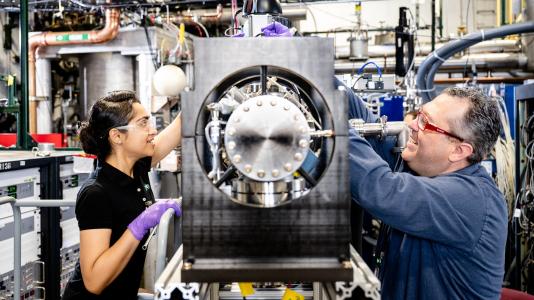



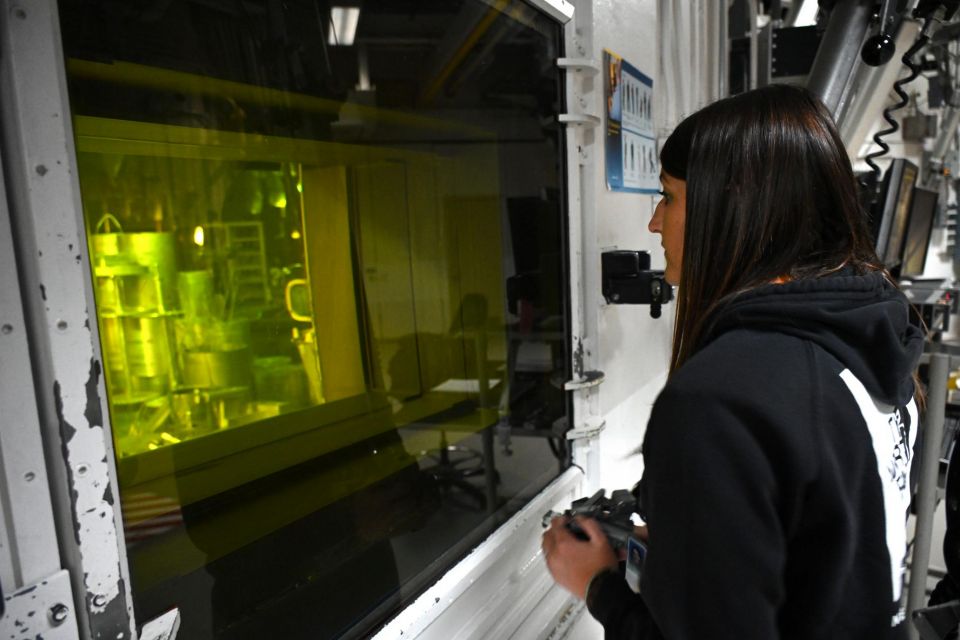
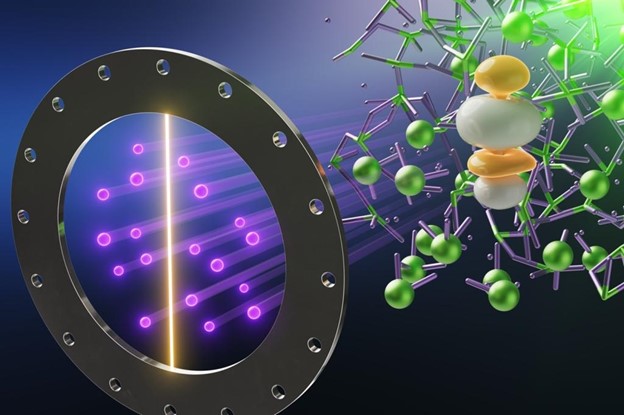
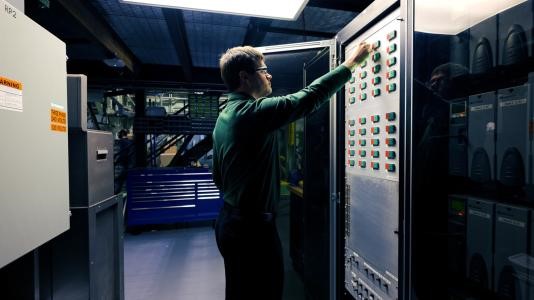
.png)
